Moving into a new home is both exciting and overwhelming. There's so much to do, and it's easy to forget small details along the way. But don't worry. This guide will take you step by step through what needs to be done before, during, and after the move.

Preparation Before Moving
Getting everything ready before your big move can save you time, energy, and unnecessary stress. There are multiple tasks to manage weeks before the moving day.

Two Weeks Before the Move
At this point, you should be focused on securing logistics and taking care of time-sensitive tasks.
Arrange Your Moving Method
- A full-service moving company is a great choice if you prefer convenience. The company takes care of everything, including packing and transporting your belongings, but this comes at a higher cost.
- Renting a truck is the most budget-friendly option. However, it requires physical labor, as you will be responsible for loading and unloading. Make sure to book the truck well in advance to avoid availability issues.
- A moving container offers a balance between convenience and flexibility. You pack and load your items, and the company handles the transportation, making it easier than a DIY truck rental.
- Labor-only movers can help if you have your own truck but need assistance with the heavy lifting. They will take care of packing, loading, and unloading, while you handle the transportation.
Sort and Purge
- Go room by room and assess your belongings. Create piles to keep, donate, or sell. Items you haven't used in the past six months should probably be discarded or donated.
- If you have furniture or other valuable items, list them for sale. Websites like Craigslist, Facebook Marketplace, or Poshmark are great for this.
- Consider donating items you no longer need to local charities. Many will pick up large furniture or bulk items for free.
- For items that can't be donated or sold, arrange for a junk removal service or drop them off at a recycling center.
Transfer Utilities
- Call utility providers to arrange the transfer of services (electricity, gas, water, internet, trash, etc.) to your new address. Some services may require a deposit or advanced notice, so give them at least two weeks' notice.
- Ensure the garbage collection service at your new home starts on the day you move in. If you're moving to a new city, check the schedule for trash and recycling days.
- Check for HOA fees. If your new home is part of a homeowners' association, confirm your move-in date with them and arrange payment for any fees.
Notify Change of Address
- Forward your mail to your new address. This can also be done in person at the post office. It can take up to a week for this change to be processed, so do it early.
- Update your address with your bank, credit card companies, insurance, and any subscription services you have.

One Week Before the Move
By now, it's time to get into the final stages of preparation. You'll start to pack most of your things and confirm the details of your move.
Confirm the Moving Details
- Double-check with the moving company or truck rental service to confirm time, place, and services. Reconfirm the number of movers or helpers and any specific instructions for the day of the move.
- If there are specific items that require extra care (fragile items, large furniture, etc.), make sure to discuss them ahead of time.
Begin Packing Non-Essentials
- Pack room by room. Start with items you won't need immediately, like books, extra clothing, or decorative items. Label each box by room so you can unpack more easily later.
- If you have seasonal clothing or decorations, pack those early. You won't need them in the last week.
- Use bubble wrap, newspapers, or towels to protect breakable items. Keep electronics and fragile glassware in separate boxes labeled "fragile" for easier handling.
Prepare a Moving Essentials Bag
- Pack a bag with the essentials you will need during the first few days in your new home, including toiletries, medications, chargers, cleaning supplies, and a set of clothes.
- Keep important papers, like your lease agreement, insurance info, and moving-related receipts, in a safe place.

One Day Before the Move
At this point, everything should be nearly packed, and you're almost ready to go. Now, it's time to take care of the final tasks that will make your move easier.
Disassemble Furniture
- If you have furniture that needs to be disassembled, such as beds, bookshelves, or desks, do this the day before the move. Keep all screws, bolts, and assembly instructions in clearly labeled bags.
- Use blankets, bubble wrap, or specialized packing materials to protect large furniture from scratches or damage during the move.
Clean the Old House
- Do a final sweep of your old home to leave it in good condition for the next residents. This includes wiping down surfaces, vacuuming carpets, and cleaning the bathroom and kitchen.
- Make sure all appliances (refrigerator, stove, microwave, etc.) are clean and unplugged.
Pack the Last-Minute Items
- Essentials you'll need in the morning. These include kitchen items you may still need (like a coffee maker, mugs, etc.), toiletries, and any remaining clothing.
- Stock up on snacks and drinks for your moving day. You'll appreciate having something quick and easy on hand.

Post-Move To-Dos
Once the moving truck has left, the real work begins: settling into your new home and making it your own. After all the packing and unpacking chaos, it's time to focus on making your space functional, comfortable, and truly feel like home.
Essential Items for a Comfortable New Home
- At the very least, you'll need a bed for resting, seating for lounging or entertaining, and a table for dining or working.
- Keep some basic cleaning products on hand for quick touch-ups as you unpack. You'll need things like multi-surface cleaner, disinfectant wipes, and paper towels.
- Set up trash and recycling bins in each room to help keep things tidy while you go through the unpacking process.
Kitchen Essentials
- Basic pots, pans, a frying pan, and cooking utensils like spatulas and tongs are essential for preparing meals.
- A knife set, forks, spoons, and serving utensils will cover all your dining needs.
- Make sure you have enough plates, bowls, glasses, and mugs to accommodate your everyday meals.
- If you're a coffee or tea person, having this essential ready will make your mornings much easier.
- Dish soap, sponges, and dish towels are a must to help keep everything clean as you cook and eat.
Bathroom Must-Haves
- Toilet paper might seem obvious, but it's easy to forget. Make sure you have enough toilet paper for the first few days.
- Keep a set of bath towels, hand towels, and washcloths on hand. Having extras is always a good idea.
- If you haven't installed one yet, make sure you have a shower curtain to keep water from splashing out of the tub.
- Don't forget essentials like shampoo, conditioner, soap, toothpaste, and toothbrushes.
Living Room Comforts
- A sofa, some chairs, and side tables will help create a comfortable living area. A coffee table can add both function and style.
- Ensure you have a TV, remote controls, and any other media players or devices you need for entertainment.
- A vacuum cleaner or robot vacuum will help you tackle dust and debris, especially in high-traffic areas like the living room.
Bedroom Necessities
- Sheets, pillows, blankets, and comforters are essential to make your bed as comfortable as possible.
- A dresser or wardrobe will help keep clothes, shoes, and accessories organized. Closet organizers like hangers and storage bins are useful, too.
- A bedside lamp or soft lighting creates a relaxing atmosphere for winding down.
- If you're sensitive to dust or allergens, consider getting an air purifier to improve the air quality and promote better sleep.
Outdoor Items
- Keeping your lawn neat and tidy is much easier with a lawn mower, especially during the growing season.
- If you like gardening, make sure you have basic tools like a rake, shovel, or spade to keep your outdoor space looking good.
- A table and chairs will help you enjoy your patio or deck. Add cushions and throws for extra comfort.
Cleaning Your New House
Before and after the move, cleaning is essential to get rid of dust, debris, and any lingering odors from previous residents or renovations. Here's your new house cleaning checklist:
Pre-Move Cleaning Tasks (Before Your Stuff Arrives)
- Vacuum carpets thoroughly. A HEPA vacuum helps remove dust, pet hair, and allergens embedded in carpets and crevices. This is especially important if the previous occupants had pets.
- Mop or wet-clean floors. For deep-cleaning tiled or hardwood floors, a wet-dry vacuum like the Dreame H14 is ideal. It uses 140°F (60°C) hot water and powerful suction to tackle sticky messes and renovation dust in one go.
- Improve indoor air quality. If your home was recently painted or renovated, use an air purifier to remove paint fumes, construction dust, and volatile organic compounds (VOCs). Clean air is just as important as clean surfaces for your family.
Post-Move Cleaning Tasks (After You've Settled In)
Once you've unpacked the essentials, it's time to shift to regular maintenance and habit-building.
- Set up a daily floor-cleaning routine. A robot vacuum like the Dreame X50 Ultra can handle everyday messes effortlessly. With 20,000Pa of suction power and an advanced navigation system, it tackles dirt on hard floors, carpets, and in tight corners, giving you one less thing to worry about while settling in.
- Freshen up soft furnishings and high-traffic areas. Wash or steam clean curtains, rugs, and couch covers to remove dust from storage or transit. Keep your bathrooms and kitchens spotless with frequent wiping and mopping.
Helpful Resources
Once you've taken care of the basics, you can continue to keep everything organized and manageable with a few tools.
Recommended Apps for Home Organization
In the digital age, there are plenty of apps designed for home organization, moving logistics, and interior design. Read on to find a curated list of apps that can simplify your moving journey:
Home Design & Layout Apps
- Roomstyler allows you to create 3D room designs by uploading your room dimensions and experimenting with furniture arrangements. It offers over 120,000 items from popular brands, enabling you to visualize your space before making any physical changes. This tool is especially helpful for those looking to plan their interior layout efficiently.
- Autodesk Homestyler is a user-friendly application that lets you design and visualize your interiors in 3D. With over a million 3D models from brands like IKEA and Ashley, you can experiment with different design styles and layouts. Its AI tools assist in room scanning and design suggestions, making it ideal for both beginners and professionals.
- Magicplan utilizes augmented reality (AR) and LiDAR technologies to create accurate floor plans by scanning your rooms. It's particularly useful for documenting existing layouts and planning renovations. The app also allows you to add photos, notes, and measurements to your plans, aiding in detailed project planning.
Task Management Apps
- Todoist is a powerful to-do list app that helps you organize and prioritize tasks efficiently. It offers features like project creation, sub-tasks, labels, filters, and reminders, allowing you to manage both personal and professional tasks seamlessly. The AI assistant in the Pro version can help automate task management, enhancing productivity.
- Microsoft To Do is a simple and intelligent task management app that integrates with Microsoft 365. It offers features like "My Day" for daily planning, task prioritization, and list sharing, making it easy to stay organized and collaborate with others.
- Asana is a comprehensive work management tool that allows you to track project and task progress, share files, comments, and notes, and keep track of deadlines. It's designed for both individuals and teams, offering customizable views like lists, boards, and timelines to suit different workflows.
Moving & Inventory Apps
- Sortly is an intuitive inventory management app that enables you to visually track all your items and their details, such as quantity, location, and condition. It supports barcode scanning, offline access, and customizable folders, making it ideal for organizing your belongings during a move.
- Moving Organizer Lite helps you keep track of your boxes and their contents, including pictures and descriptions. It allows for quick searches, helping you locate and unpack items efficiently. This app is particularly useful for managing the chaos of moving and ensuring nothing is misplaced.
Tips from Experienced Homeowners
Learning from others can help make your move smoother and avoid common mistakes:
- Don't try to unpack everything at once. Focus on the essentials, like the kitchen and bathroom, so you can settle in comfortably. Once those are done, tackle the rest of the house.
- Don't stress about furniture layout. You can always rearrange later. Start with the basics and adjust as you get a feel for the space.
- Set up a "welcome station" when you arrive. Stock it with snacks, drinks, and supplies you'll need right away to make unpacking more comfortable.
- Label your boxes clearly with room names and contents. This will save you time and frustration when unpacking.
- Pack an essentials bag for moving day. Include toiletries, a change of clothes, medications, snacks, and important documents so you don't have to search for them later.
- Ask for help if you need it. Whether it's friends, family, or professionals, an extra pair of hands can make a big difference.

Bonus: New House Inspection Checklist
| Category | Details |
|---|---|
| Inspect All Appliances | Test appliances like the fridge, oven, dishwasher, and washing machine. Ensure everything works properly. |
| Check Water Pressure | Turn on faucets and showers to check for adequate water pressure. Look for any leaks or slow drainage. |
| Security Systems | Test smoke and carbon monoxide detectors, check locks, alarms, and cameras. Ensure everything is functional. |
| Pest Control | Check for signs of pests (insects, rodents) and inspect entry points like gaps in windows and doors. |
| Foundation and Structure | Look for cracks in walls, uneven floors, or doors/windows that don't open properly. Check the foundation for issues. |
| Electrical System | Test outlets, switches, and light fixtures to make sure they work. Inspect the circuit breaker and wiring. |
| Windows and Insulation | Check window seals for drafts and inspect attic or basement insulation for any issues with energy efficiency. |
| Exterior and Landscaping | Inspect the roof, gutters, and downspouts for damage. Make sure landscaping slopes away from the foundation. |


















































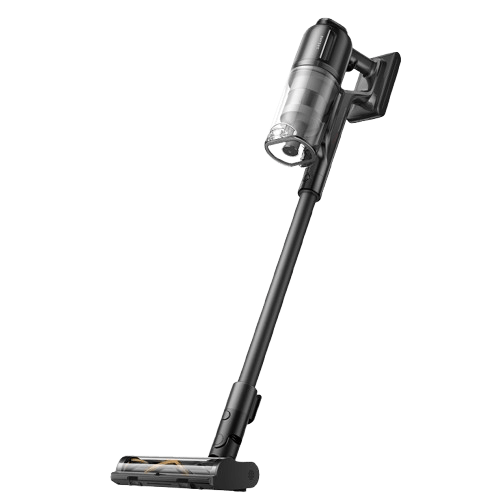

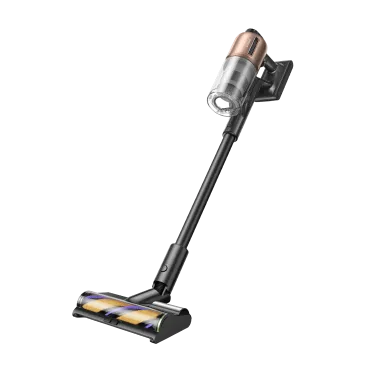
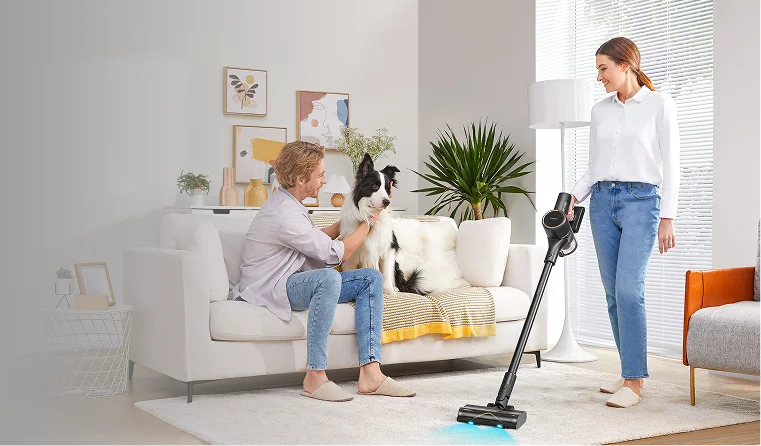

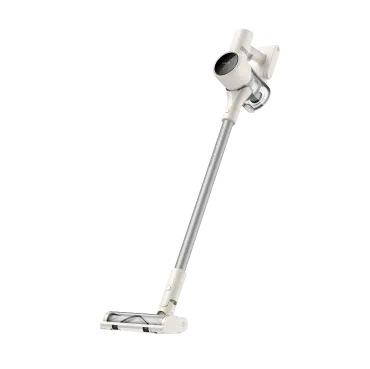
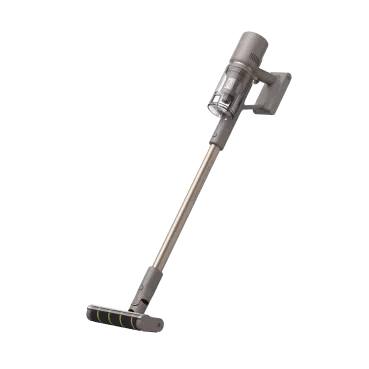
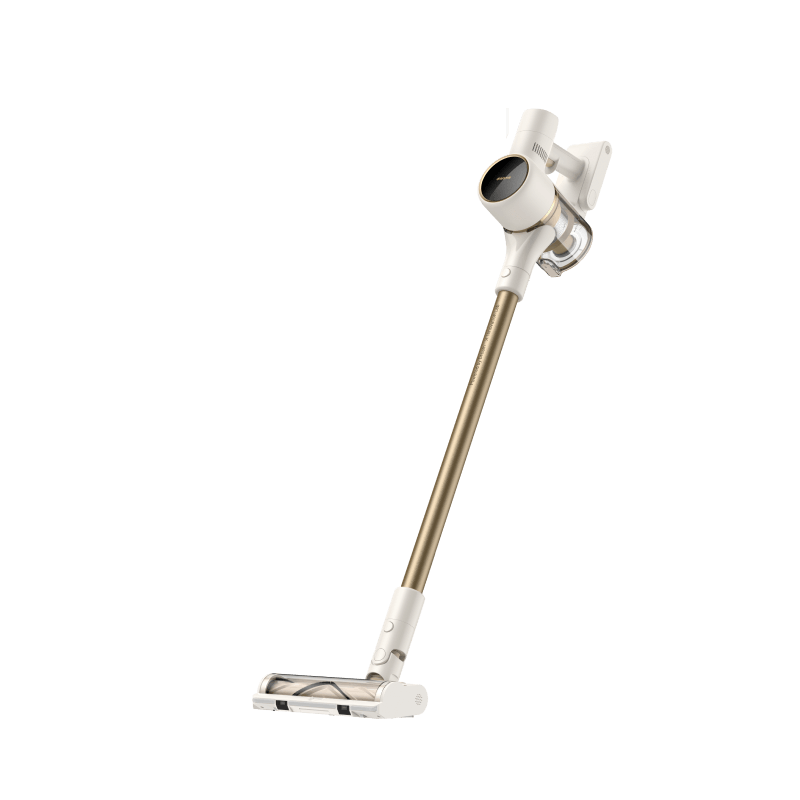



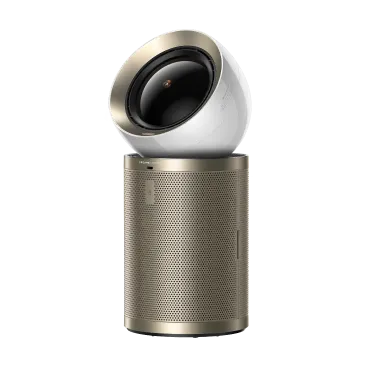

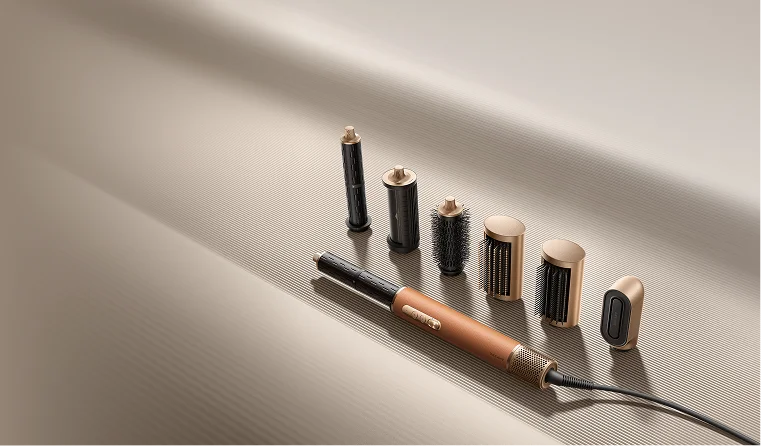

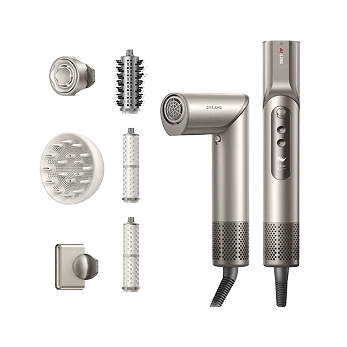


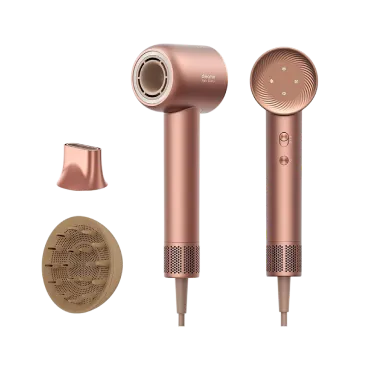
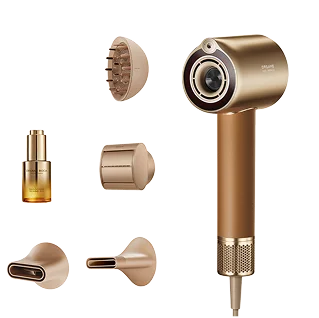




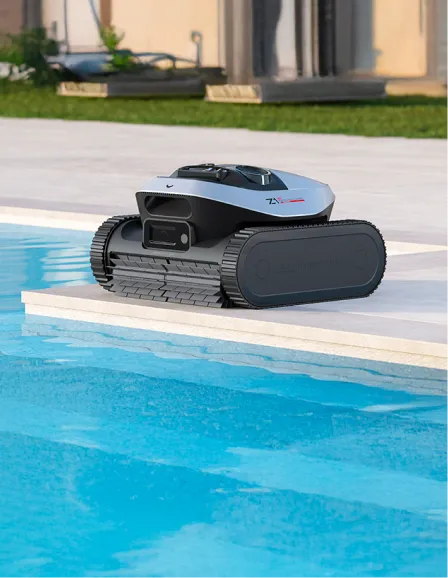
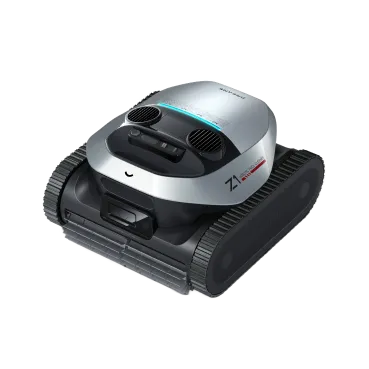












 Australia
Australia 中国大陆
中国大陆 日本
日本


 Türkiye
Türkiye


 Italia
Italia
 Netherlands
Netherlands Belgium
Belgium
 Greece
Greece Polska
Polska
 Norway
Norway
 Sweden
Sweden
 Finland
Finland
 Denmark
Denmark
 Hungary
Hungary Czechia
Czechia
 Slovenia
Slovenia
 Croatia
Croatia
 Switzerland
Switzerland United Kingdom
United Kingdom
 Canada
Canada


